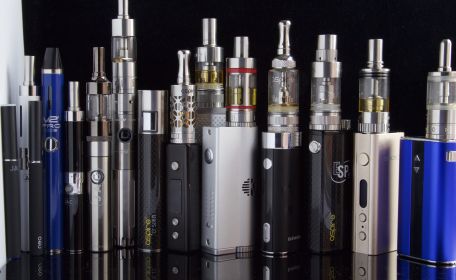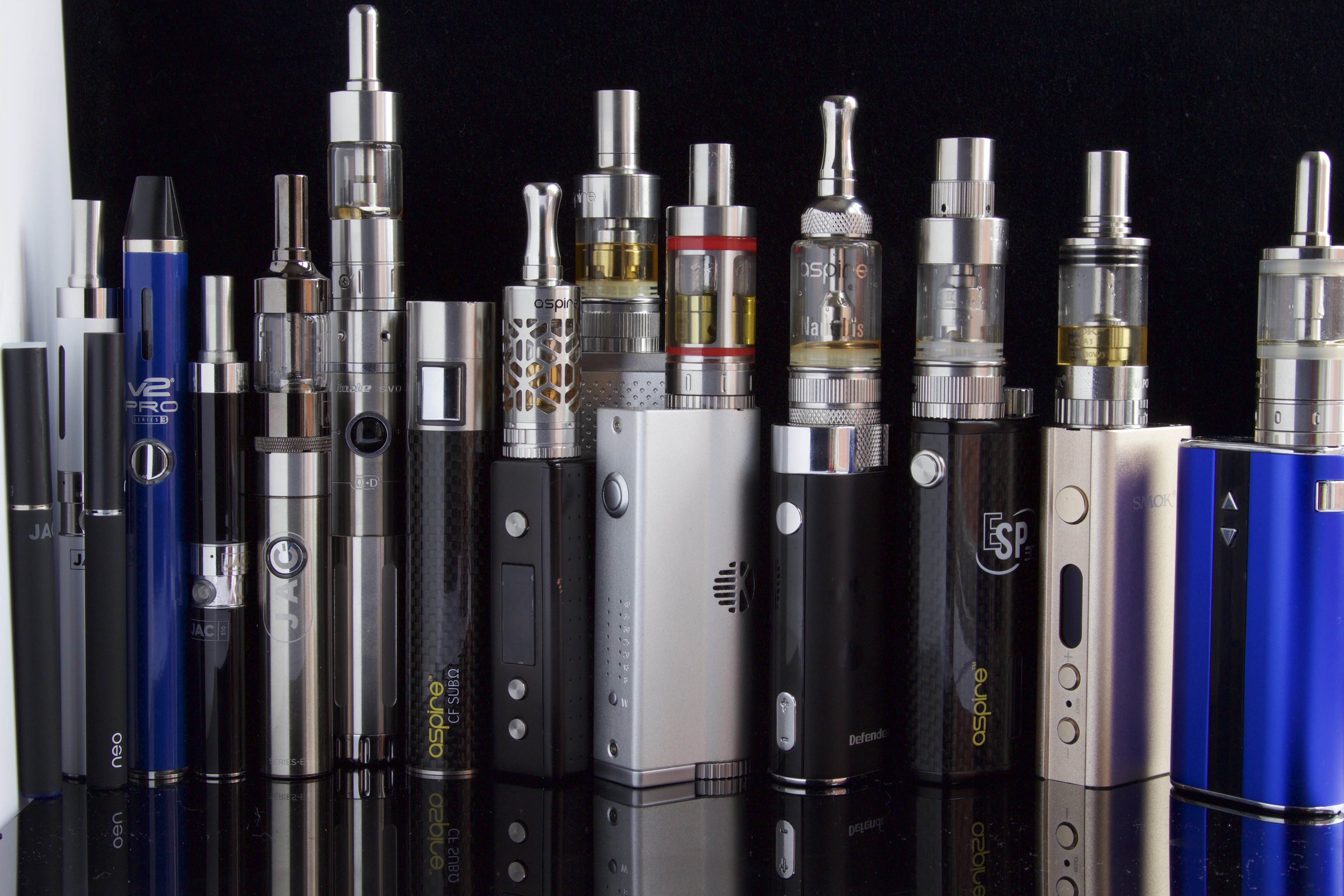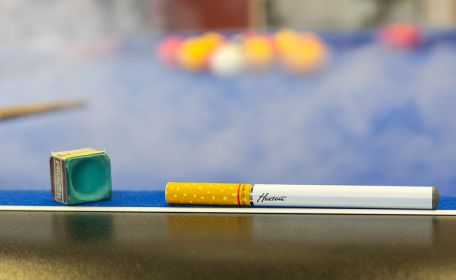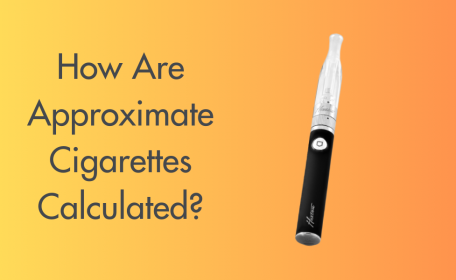← Back

 It’s obvious now that we can’t count on the scientists or the media to cover vaping objectively. It’s time for vapers to learn how to read studies so that we can spot junk science early on.
It’s obvious now that we can’t count on the scientists or the media to cover vaping objectively. It’s time for vapers to learn how to read studies so that we can spot junk science early on.
Flawed vaping studies: What to watch out for

Fight vaping misinformation through education. Learn how to defeat pseudo-science.
If a journalist misrepresents the facts in showbiz, then reputations are bruised. But if a journalist misrepresents a study about public health, then people’s lives are on the line. In a recent blog, we saw how one scientist is using e-cigarettes to help smokers lower their blood pressure. That’s an excellent health benefit, one that could help smokers in the real world avoid heart attacks and strokes. But in the same week, we saw many national newspapers report on a different study, one that simply speculated about the potential health risks of e-cigarettes without actually studying any of the people that used them. How many current smokers with high blood pressure have been frightened off switching to vaping thanks to inconclusive scare-stories? Even one is too many, and I suspect that the real number is far higher. It’s obvious now that we can’t count on the scientists or the media to cover vaping objectively. It’s time for vapers to learn how to read studies so that we can spot junk science early on.
It’s obvious now that we can’t count on the scientists or the media to cover vaping objectively. It’s time for vapers to learn how to read studies so that we can spot junk science early on.
























